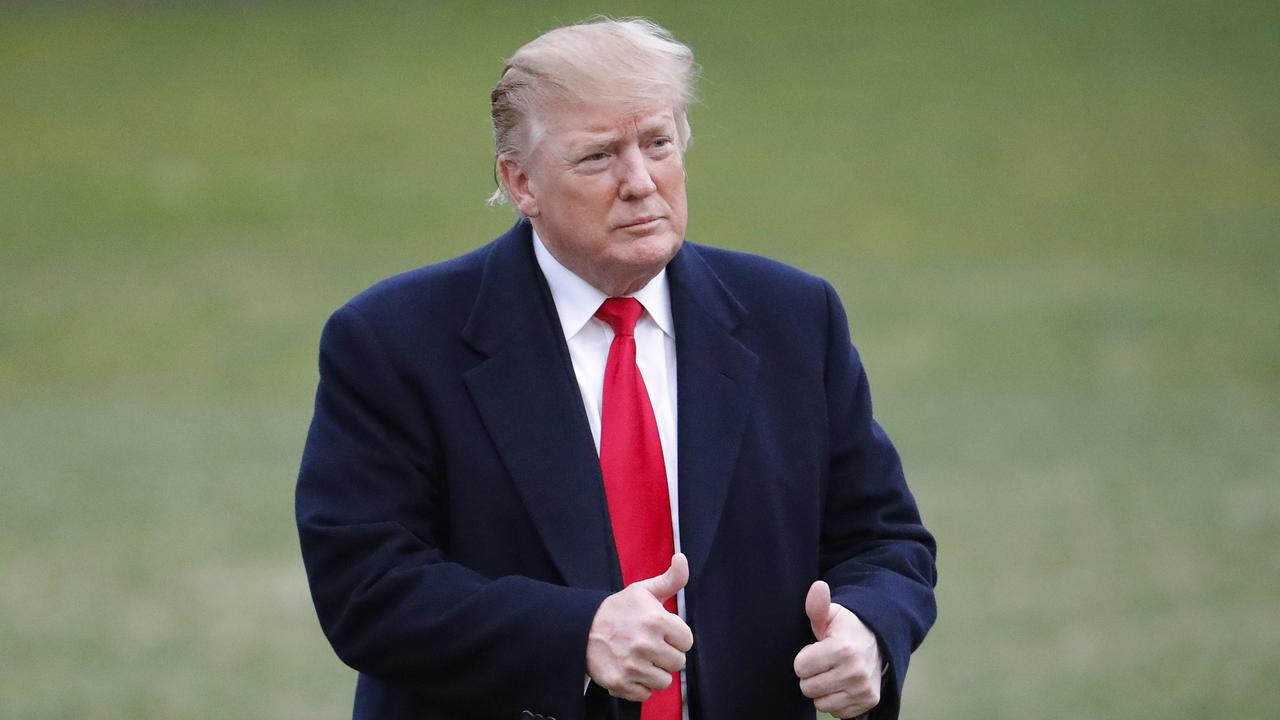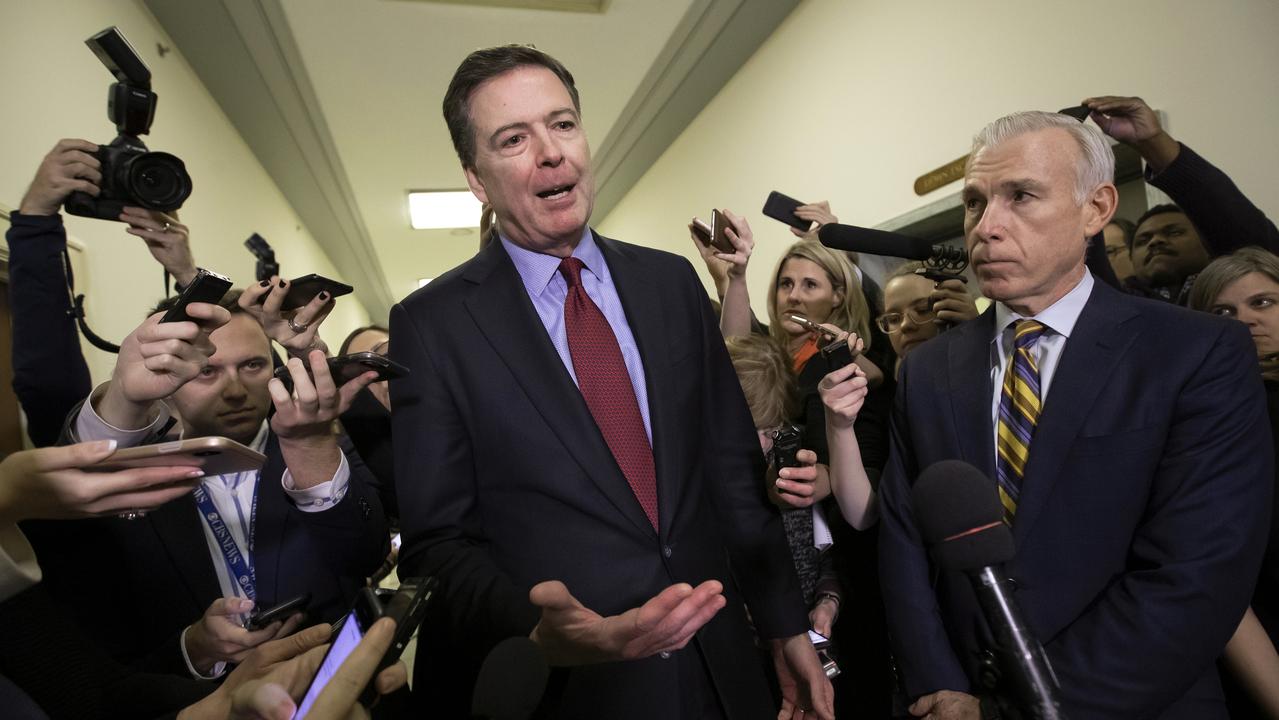Delay tactic is Turnbull’s safest bet
It defies conventional wisdom, but the logic of pushing the general election back to late next year is bulletproof for the PM.

Speculation abounds that the government may be gearing up to go to the polls later this year. However, those close to the action in Team Turnbull insist April or May next year is the more likely timing.
Both scenarios should be dismissed in favour of an election in the second half of next year, which would mean holding a half-Senate election later this year. That’s the only way the vote for the House of Representatives can be pushed back as late as November 2, 2019.
The conventional wisdom is that half-Senate elections are to be avoided at all costs. We haven’t had one since 1970. They are expensive and cause grief for the government because it’s an opportunity for voters to register a protest vote. John Gorton’s demise as PM was precipitated by the 1970 half-Senate results.
However, the circumstances Malcolm Turnbull faces right now are perfectly poised for an unconventional approach. The logic of pushing the general election back to late next year is bulletproof.
The cost argument easily can be dismissed. First, it barely registered as an issue in the same-sex marriage postal survey. Second, any half-Senate election could be held with a by-election in the seat of Perth following Labor frontbencher Tim Hammond’s decision to resign, not to mention other potential by-elections courtesy of further investigations into breaches of section 44 of the Constitution and the citizenship fiasco. Remember, Labor has more to lose from such by-elections than does the government, with the citizenship of several of its marginal-seat MPs in question.
Further, the present Senate is heavily configured in favour of crossbench representation courtesy of the lower quota the 2016 double-dissolution election required. Twenty of the 76 senators are in neither of the major parties (Labor or Coalition) and, because most crossbenchers won with low primary votes, most of them will face re-election in the first half-Senate contest.
Combined with the new Senate voting reforms that favour the majors, a separate half-Senate election would likely clean out the crossbench. A campaign could be configured around the need to do so, and the changeover in July next year thus could give the government a matter of months to pass laws it now cannot, with a smaller crossbench cohort to negotiate with.
Even if Labor did better than the Coalition, polarising the debate about what legislation does or does not pass in the Senate is no bad thing politically for the Turnbull government. If the Coalition plays smart politics, there will be an opportunity to use those months to wedge Labor on key election issues.
The half-Senate election required for Western Australia (because of bungling by the Australian Electoral Commission) soon after Tony Abbott became PM in 2013 disproved the assumption that such a poll always hurts the government. The government retained its senators.
Claims that Turnbull could be chastised for delaying the poll are also inflated. WA premier Colin Barnett, elected in late 2008, delayed the next election until early 2013 to realign the dates of the state’s all but fixed four-year cycle. Turnbull in effect would be doing the same thing after the early election he called in 2016.
Instead of the second half of this year being consumed by “killing season” speculation, as it inevitably will be if the polls don’t turn around, Liberals would have something to fight for: the re-election of half their Senate team. This should impose discipline.
The longer the electoral cycle goes, the better the chances that the Coalition can unpick an unpopular Opposition Leader. The half-Senate election coupled with targeted by-elections in various parts of the country also would allow the government to road-test its campaign against Bill Shorten, improving on its strategies come the second half of next year, when it would really count.
A later general election also makes sense for the Prime Minister personally. He will have served four years in the role come September next year and will be 65 in October 2019. If he can’t improve the polls and make the government competitive by then, that’s a reasonable age and length of service at which to retire and refresh the leadership. Paul Keating served only fractionally longer as PM, Abbott served less than half that time.
If, however, Turnbull can pull a rabbit out of his hat and win a showdown late next year, he will have the chance to extend his term as PM to seven full years.
As time passes, Abbott and his small band of snipers come across as increasingly pathetic and marginalised. Besides, by not rushing to the polls, Turnbull would have a chance to reshuffle his team ahead of next year’s winter recess, putting poorly performing ministers out to pasture and taking a refreshed line-up into the pointy end of the electoral cycle, with no risk of an internal backlash because of the impending election.
But the clinching argument in favour of delaying the general election until late next year is that next week’s budget will reveal improved economic conditions and a better bottom line. The pathway back to surplus is becoming easier, other than government spending designed to claw back political ground. With a little fiscal discipline the finance team should be able to calibrate this budget as well as next year’s so that, when the Treasurer rises in May next year, he hands down a surplus for the coming financial year. The last time that happened was a full decade ago. It would, in political and rhetorical terms, sharpen the contrast with Labor, handing Team Turnbull a powerful electoral weapon. Trying to build the Coalition’s economic credibility on forward estimate surpluses in this year’s budget isn’t viable: voters are too cynical, they have heard this before.
While the 1970 half-Senate election backfired on Gorton, there were two such elections shortly before, in 1964 and 1967, because the Senate and the house were out of shape following the early 1963 general election Robert Menzies called. This was during an unprecedented era of political success for conservatives, which has not been repeated since.
It is wrong to assume that a half-Senate election should not be called under any circumstances. In combination, the current electoral cycle and the political and policy challenges the government faces all point to extending this term into late next year as in the best interests of the government. The chance to hand down a surplus in next year’s budget is in itself a sufficient reason to contemplate splitting the Senate and house elections.
It has been suggested to me that next year’s budget could be brought forward to April to accommodate a May poll to achieve the same result without the messiness of splitting the elections between the chambers. That, however, would appear rushed and desperate, denying voters the time necessary to digest the significance of achieving a budget surplus.
If government strategists are not seriously contemplating splitting the Senate and house elections to delay the general election until late next year, they should be.
Peter van Onselen is a professor of politics at the University of Western Australia. His PhD was on the Australian Senate.



To join the conversation, please log in. Don't have an account? Register
Join the conversation, you are commenting as Logout